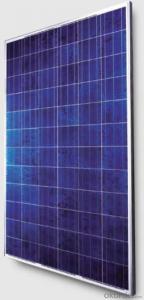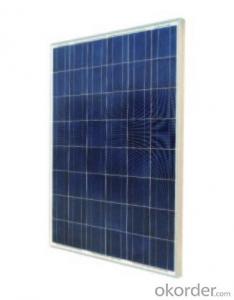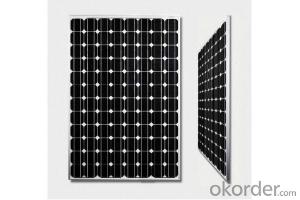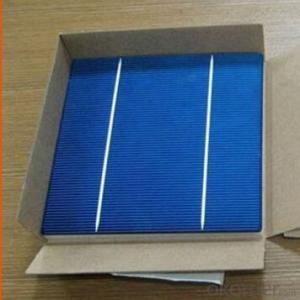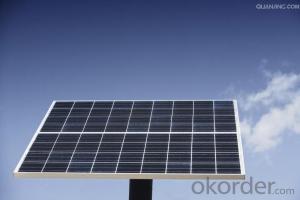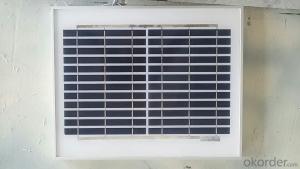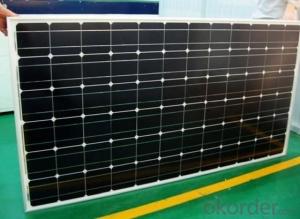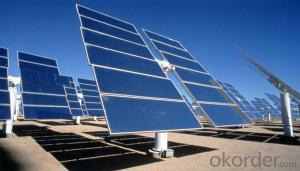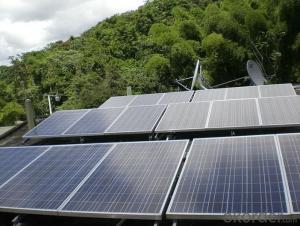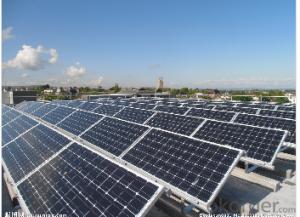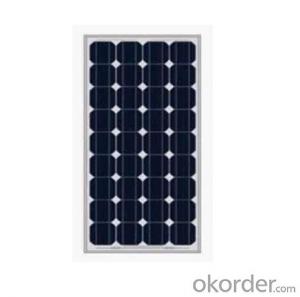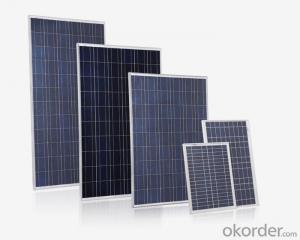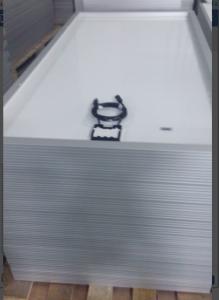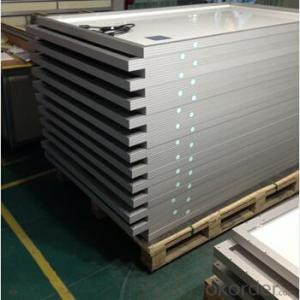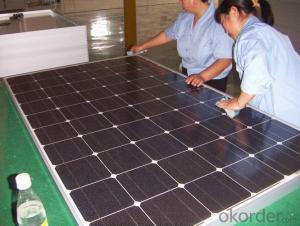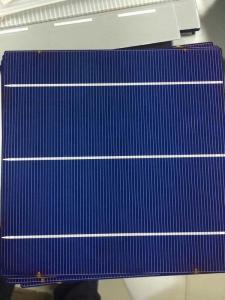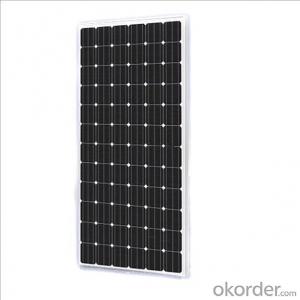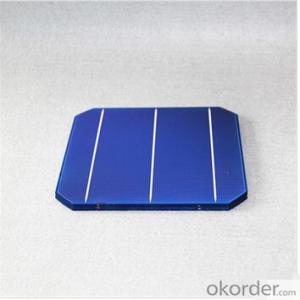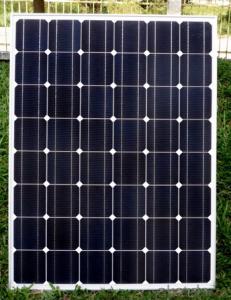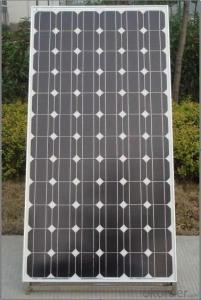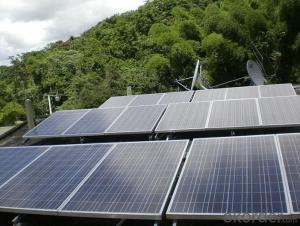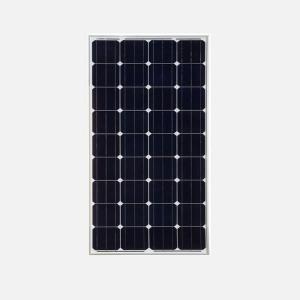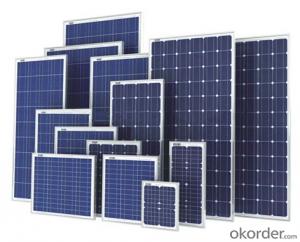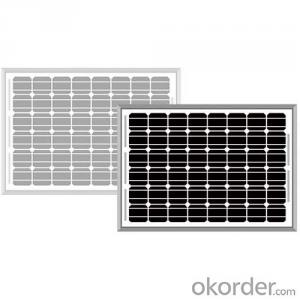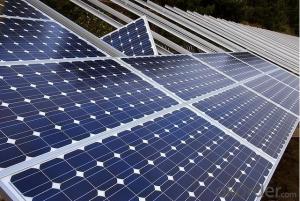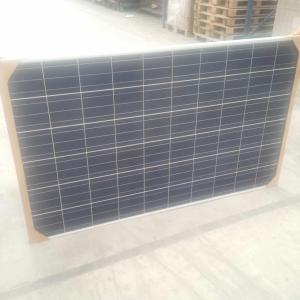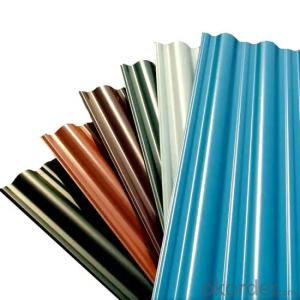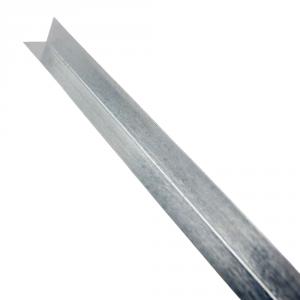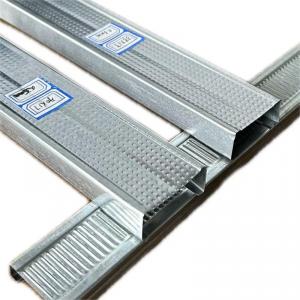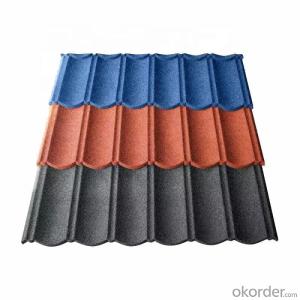Monocrystalline Vs Polycrystalline Wikipedia
Monocrystalline Vs Polycrystalline Wikipedia Related Searches
Ductile Iron Vs Cast Iron Valves Cast Iron Vs Ductile Iron ValvesMonocrystalline Vs Polycrystalline Wikipedia Supplier & Manufacturer from China
Monocrystalline and polycrystalline are two types of photovoltaic solar panels that are commonly used in the renewable energy industry. Monocrystalline solar panels are made from a single continuous crystal structure, while polycrystalline solar panels consist of multiple smaller crystals fused together. These products offer different advantages and are suitable for various applications based on their efficiency, cost, and aesthetics.Monocrystalline solar panels are known for their higher efficiency and better performance compared to polycrystalline counterparts. They have a more uniform and consistent structure, which allows for a more efficient conversion of sunlight into electricity. This makes them ideal for applications where space is limited or where maximum power output is required, such as rooftop installations in urban areas. On the other hand, polycrystalline solar panels are more cost-effective and require less energy to produce. They are often used in larger solar farms or commercial installations where cost is a more significant factor than efficiency.
Okorder.com is a reputable wholesale supplier of both monocrystalline and polycrystalline solar panels, catering to the needs of various industries and applications. With a vast inventory of high-quality products, Okorder.com ensures that customers can find the right solar panels for their specific requirements. Whether it's a residential rooftop installation or a large-scale solar farm, Okorder.com offers a comprehensive range of monocrystalline and polycrystalline solar panels to meet the diverse demands of the renewable energy market.
Hot Products
